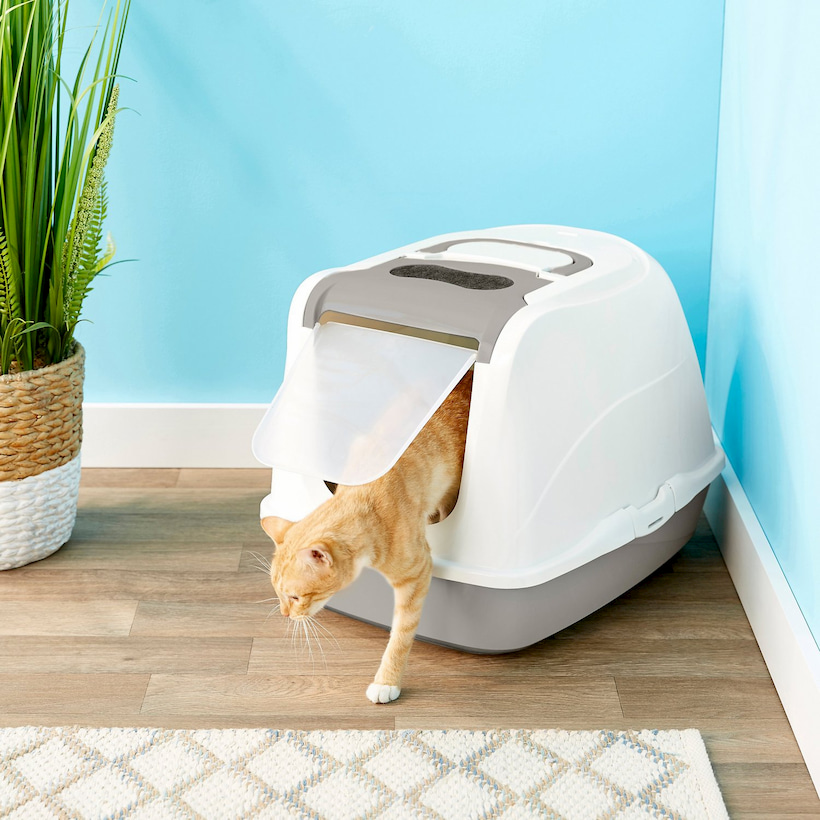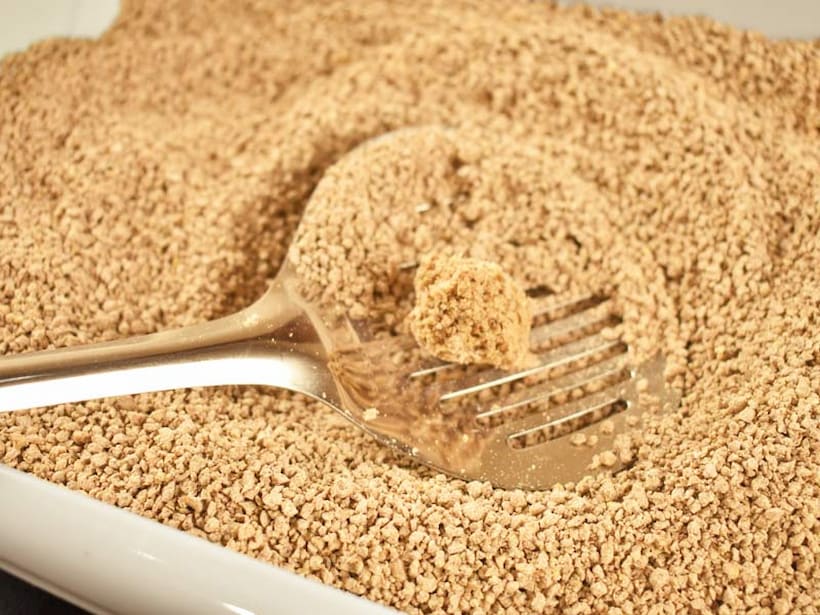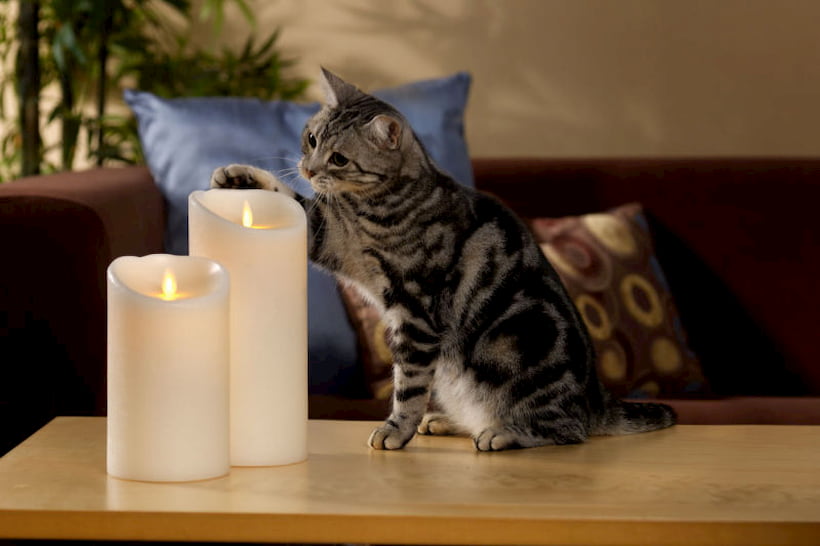Cat Litter: Weigh Your Options
Contents
Pets are the companions we all need! I’ve come to understand this by cat sitting for my parents’ cat Toby from time to time, but I can confirm even more now when they’ve proven to be lifesavers in situations like the pandemics and lockdowns we’re facing this year.
Still, to be able to appreciate their company to the fullest, it’s important to remember you get to share your home with pets so it’s necessary to add pet-friendly changes by acquiring the needed supplies. As it happens, though, cats can be fussy so with certain supplies you might have to do trial and error before you can find the one your cat likes.
A Case of Litter
Toby is a lovely cat who likes to cuddle, and he’s a true joy to have around as he doesn’t complain about food or his bed, yet one thing he complains about is the litter. Unlike dogs, cats need their private space to go to the toilet, and they’re very clean and tidy when they do.

With Toby we noticed he was somewhat struggling whenever it came to going to the toilet, making a mess around after every use even though he loved his hooded toilet tray. Since it wasn’t like him to do such a thing, we thought it might be a health or behavioural issue, but much to our relief it turned out to be the litter.
It was after this that we started paying more attention when choosing from the wide range of kitty litter. I’m no cat expert, let alone expert of cat supplies, however this experience helped me understand more about litter.
Clumping Vs. Non-Clumping Options
Though there are all sorts, the difference mainly comes to these two. As might be guessed by the names, clumping typically made from bentonite is the one that turns the waste into clumps as it absorbs all the moisture, whereas the latter doesn’t.
If you can’t make up your mind out of these two types of cat litter, consider them in terms of chores and price: the non-clumping is cheaper but more demanding as it needs daily changing as opposed to the pricier clumping given that when cleaning urine soaks up in the rest of the litter.

A property some might consider as a flaw with the clumping though is the fine dust that can get around the home when cats dig, it also might be ingested by kittens. A type of litter considered more efficient even than the clumping when it comes to odours is the one made of silica crystals. However, despite this positive property, it poses a health risk too as it might get stuck in a cat’s feet and then end up being ingested.
Scented Options
As clean as cats are, sometimes the smell of urine can linger, especially if your cat uses the box more often than you clean it and there are some changes with its nutrition. Since cat urine can indicate health problems first check whether or not it’s normal.
Once you’ve taken care of this, you might want to choose some odour neutralising scented kitty litter as in the example with lavender. A word of caution is to be careful when choosing this one because cats and essential oils don’t go well together, and even though lavender may not be on the list of dangerous oils, it still could pose a risk which is why you might want to stick to synthetic lavender instead.

Pay attention to your feline after picking this one because they have stronger sense of smell and might not find the scented choice to be all too pleasing as you do. The same goes for opting for those types containing activated charcoal and baking soda – if your cat doesn’t like them, you’d notice some changes in the behaviour.
Eco-friendly Options
If you’ve decided to make your lifestyle more sustainable and you’re careful with your purchases as well as your waste, you’d certainly appreciate choosing eco-friendly litter for cats.
Paper is the perfect material in several aspects: it’s biodegradable, highly absorbent, and easy to clean up. It can be turned into pellets and granules, the difference being the first are non-clumping and the latter are clumping.
A natural alternative, there are types of litter made from wheat, pine, corn and walnut shells. While all these varieties are useful with odour control, and they come in handy with absorption, wheat and corn may not be your ideal choices since they’re ingredients that pose some health risks when ingested which kittens are prone to.
As a final thought, I’d like to share what I’ve learned from the experience with Toby; first things first, cats much like us aren’t that fond of changes, so when you decide to introduce new litter make sure you do it gradually or you might end up with behavioural issues. Second, no matter how great you are with cutting expenses, and prefer the cheapest option there is, the final decision comes down to the cat!



